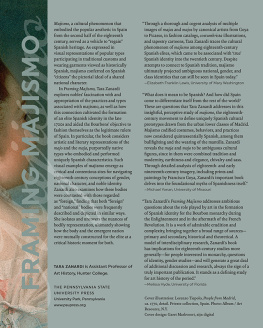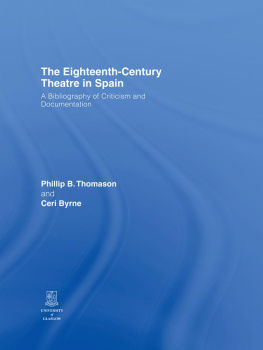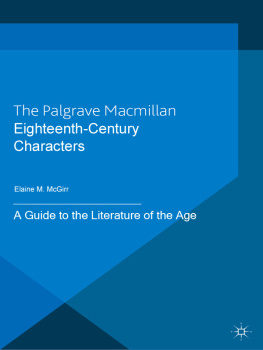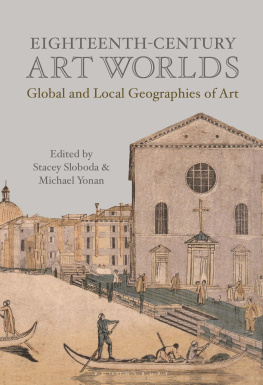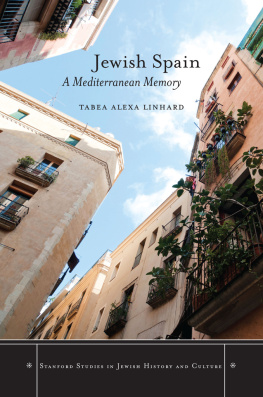Zanardi - FRAMING MAJISMO: art and royal identity in eighteenth-century spain
Here you can read online Zanardi - FRAMING MAJISMO: art and royal identity in eighteenth-century spain full text of the book (entire story) in english for free. Download pdf and epub, get meaning, cover and reviews about this ebook. year: 2019, publisher: Pennsylvania State University Press, genre: Home and family. Description of the work, (preface) as well as reviews are available. Best literature library LitArk.com created for fans of good reading and offers a wide selection of genres:
Romance novel
Science fiction
Adventure
Detective
Science
History
Home and family
Prose
Art
Politics
Computer
Non-fiction
Religion
Business
Children
Humor
Choose a favorite category and find really read worthwhile books. Enjoy immersion in the world of imagination, feel the emotions of the characters or learn something new for yourself, make an fascinating discovery.
- Book:FRAMING MAJISMO: art and royal identity in eighteenth-century spain
- Author:
- Publisher:Pennsylvania State University Press
- Genre:
- Year:2019
- Rating:5 / 5
- Favourites:Add to favourites
- Your mark:
- 100
- 1
- 2
- 3
- 4
- 5
FRAMING MAJISMO: art and royal identity in eighteenth-century spain: summary, description and annotation
We offer to read an annotation, description, summary or preface (depends on what the author of the book "FRAMING MAJISMO: art and royal identity in eighteenth-century spain" wrote himself). If you haven't found the necessary information about the book — write in the comments, we will try to find it.
Zanardi: author's other books
Who wrote FRAMING MAJISMO: art and royal identity in eighteenth-century spain? Find out the surname, the name of the author of the book and a list of all author's works by series.
FRAMING MAJISMO: art and royal identity in eighteenth-century spain — read online for free the complete book (whole text) full work
Below is the text of the book, divided by pages. System saving the place of the last page read, allows you to conveniently read the book "FRAMING MAJISMO: art and royal identity in eighteenth-century spain" online for free, without having to search again every time where you left off. Put a bookmark, and you can go to the page where you finished reading at any time.
Font size:
Interval:
Bookmark:

FRAMING MAJISMO
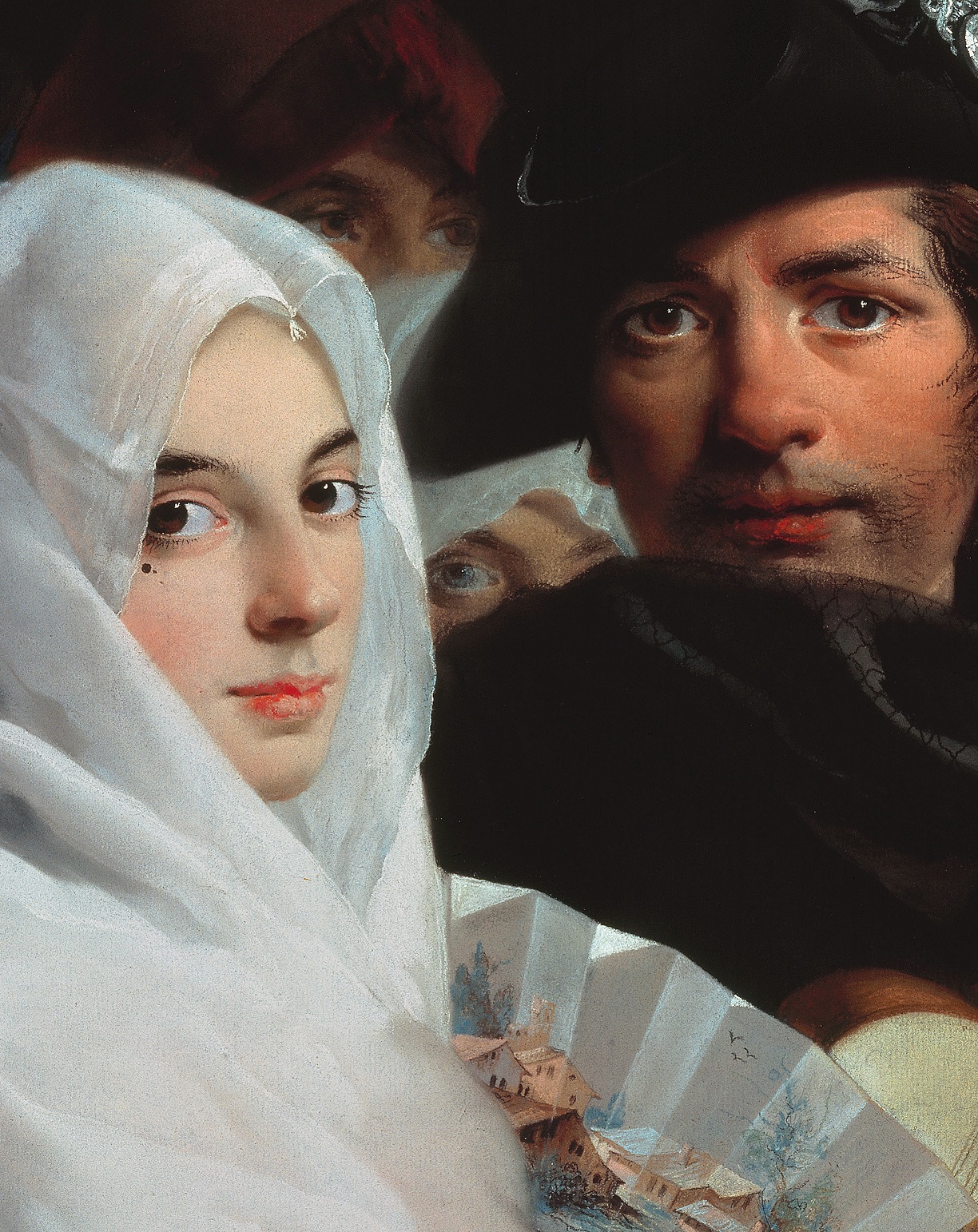
FRAMING MAJISMO
Art and Royal Identity in Eighteenth-Century Spain
TARA ZANARDI
The Pennsylvania State University Press
University Park, Pennsylvania
Earlier versions of portions of this book appeared in the following publications:
Tara Zanardi, National Heroics: Bullfighters, Machismo, and the Cult of Celebrity, in Olympics Special Issue, edited by Conrad Brunstrm, Tanya M. Cassidy, and Martha K. Zebrowski, Journal for Eighteenth-Century Studies 35, no. 2 (2012): 199221.
Tara Zanardi, Fashioning the Duchess of Alba: Vicarious Thrills and Sartorial Flirtations During the Spanish Enlightenment, Fashion Theory: The Journal of Dress, Body, and Culture 14, no. 1 (2010): 744. Tara Zanardi 2010. Berg Publishers, by permission of Bloomsbury Publishing PLC .
Tara Zanardi, Preservation and Promotion: The State of the Arts in Eighteenth-Century Spain, Dieciocho 27, no. 2 (2004): 30320.
Tara Zanardi, Crafting Spanish Female Identity: Silk Lace Mantillas at the Crossroads of Tradition and Fashion, Material Culture Review 77/78 (2013): 13957.
Library of Congress Cataloging-in-Publication Data
Zanardi, Tara, 1971 , author.
Majismo and the pictorial construction of Spanish elite identity in the eighteenth century / Tara Zanardi.
pages cm
Summary: Explores majismo, a cultural phenomenon that embodied the popular aesthetic from the late 1700s in Spain. Examines conceptions of gender, national character, and noble identityProvided by publisher.
Includes bibliographical references and index.
ISBN 978-0-271-06724-7 (cloth : alk. paper)
1. Art, Spanish18th century.
2. National characteristics, Spanish, in artHistory18th century
3. Spaniards in artHistory18th century.
4. Gender identity in artHistory18th century.
5. Elite (Social sciences) in artHistory18th century. I. Title.
N 7106. Z 36 2016
709.4609033dc23
2015014239
Copyright 2016 The Pennsylvania State University
All rights reserved
Printed in Korea by Pacom
Design & typesetting by Garet Markvoort, zijn digital
Composed in Sina Nova
Published by The Pennsylvania State University Press,
University Park, PA 16802-1003
The Pennsylvania State University Press is a member of the Association of American University Presses.
It is the policy of The Pennsylvania State University Press to use acid-free paper. Publications on uncoated stock satisfy the minimum requirements of American National Standard for Information SciencesPermanence of Paper for Printed Library Material, ANSI Z 39.481992.
Additional credits
: Lorenzo Tiepolo, An Elegant Couple from Madrid, ca. 1770, detail. Palacio Real, Madrid. Photo: Bridgeman Images.
: Lorenzo Tiepolo, People from Madrid, 1750, detail. Private collection, Spain. Photo: Album / Art Resource, N.Y..
: Lorenzo Tiepolo, Popular Types, ca. 1770, detail. Patrimonio Nacional.
FOR JOS
CONTENTS
AS FAR AS GRADUATE ADVISORS GO, I lucked out. When I began my graduate studies at the University of Virginia, I had limited background in the eighteenth century, but that quickly changed when I took a seminar on art and politics in the revolutionary period with Christopher Johns during my first semester. Throughout that course and the many that followed, Christopher was an inspiration, and I discovered that this period provided (and still provides) a rich and largely untapped source of art-historical material for research. As a doctoral student, I wed my long-standing love of Spanish art with my new appreciation of the eighteenth century. While in Spain, Christopher joined me for an art march to countless museums and churches, which proved to be a wonderfully unique opportunity to learn about the field. As a graduate student and now as a professor, I owe a tremendous debt for my development as a scholar of eighteenth-century art history to Christopher. He is a model mentor, impeccable scholar, and brilliant professor, and I am delighted to know him as a colleague. I am especially grateful for his continued generosity, support, and humor.
There were many wonderful professors at the University of Virginia with whom I had the pleasure to study, making my years in graduate school both challenging and rewarding. Paul Barolsky, John Dobbins, Lawrence Goedde, and Howard Singermanall in the McIntire Department of Artwere great advocates of my work, and David Giesin the Department of Spanish, Italian, and Portuguesewas instrumental in my early navigation of sources and scholars in Madrid. As a literary Hispanist of the eighteenth century, he offered helpful insights into the period. In the field of the eighteenth century, Mary Sheriff served on my dissertation committee as an outside reader (making the trek from the University of North Carolina at Chapel Hill for my doctoral defense) and remains an exceptional mentor and champion of my work.
Both Mary and Christopher introduced me to the American Society for Eighteenth-Century Studies. For more than a decade, I have thoroughly enjoyed participating in the annual conferences and have benefited from their interdisciplinary nature. These conferences have yielded scholarly discussion and academic camaraderie. Through the society, I have met countless scholars in whose company I am honored to be, including Jeffrey Collins, Elisabeth Fraser, Jennifer Germann, Carolyn Guile, Melissa Hyde, Christina Lindeman, Meredith Martin, Wendy Roworth, Heidi Strobel, and Janis Tomlinson, among many others. Extra-special thanks goes to Andrew Schulz, who guided me through Spains Biblioteca Nacional and provided wonderful support for my work early on, and to Michael Yonan for generously reading parts of this manuscript and for his good friendship.
I have profited from the outstanding counsel and kindness of many of my colleagues, past and present, including Nebahat Avciolu, Emily Braun, Sara Butler, Hendrik Dey, Cynthia Hahn, Eugenia Paulicelli, Maria Antonella Pelizzari, and Howard Singerman (now at Hunter College, CUNY ). My fellow Hispanist Amanda Wunder graciously read my books introduction, and I want to thank her for her suggestions. I also want to extend my utmost gratitude to Wen-Shing Chou and Lynda Klich for their tough love in reviewing parts of the manuscript. Their critical scrutiny was especially helpful in reworking certain chapters and for improving the book overall. In addition, I want to express my warm thanks to Elizabeth Franklin Lewis, who read through the manuscript in its entirety twice and offered incomparable advice for its betterment. Without the outstanding contributions of these individuals, this book would not have been conceivable.
I am grateful to the institutions and foundations that have made the research for and writing of this book possible. At Hunter College, I received a PSC - CUNY grant to support the acquisition of images and a subvention from the Presidential Fund for Faculty Advancement. In addition, I was awarded a publication subvention from the Historians of Eighteenth-Century Art and Architecture. In the early stages of my book research, the American Association of University Women granted me a major postdoctoral award. I not only conducted the majority of the new research for this book but also wrote much of the manuscript during that year as an American postdoctoral fellow. In Spain, I received assistance from countless individuals. The research librarians in the Biblioteca Nacional, Real Academia de Bellas Artes de San Fernando, Museo del Traje, and Archivo General del Palacio facilitated the progress of my book. I would also like to extend a special thanks to Jesusa Vega, who has always been a generous and kind colleague.
Font size:
Interval:
Bookmark:
Similar books «FRAMING MAJISMO: art and royal identity in eighteenth-century spain»
Look at similar books to FRAMING MAJISMO: art and royal identity in eighteenth-century spain. We have selected literature similar in name and meaning in the hope of providing readers with more options to find new, interesting, not yet read works.
Discussion, reviews of the book FRAMING MAJISMO: art and royal identity in eighteenth-century spain and just readers' own opinions. Leave your comments, write what you think about the work, its meaning or the main characters. Specify what exactly you liked and what you didn't like, and why you think so.

